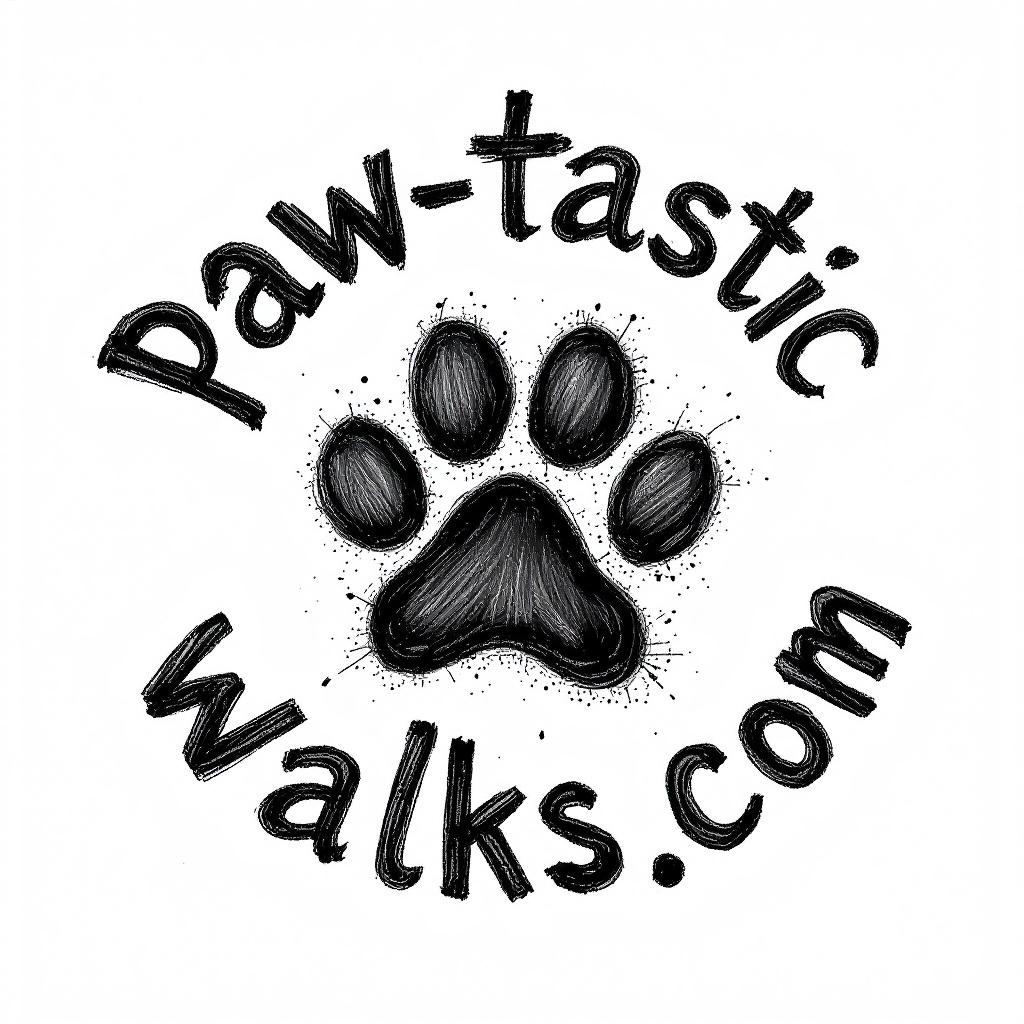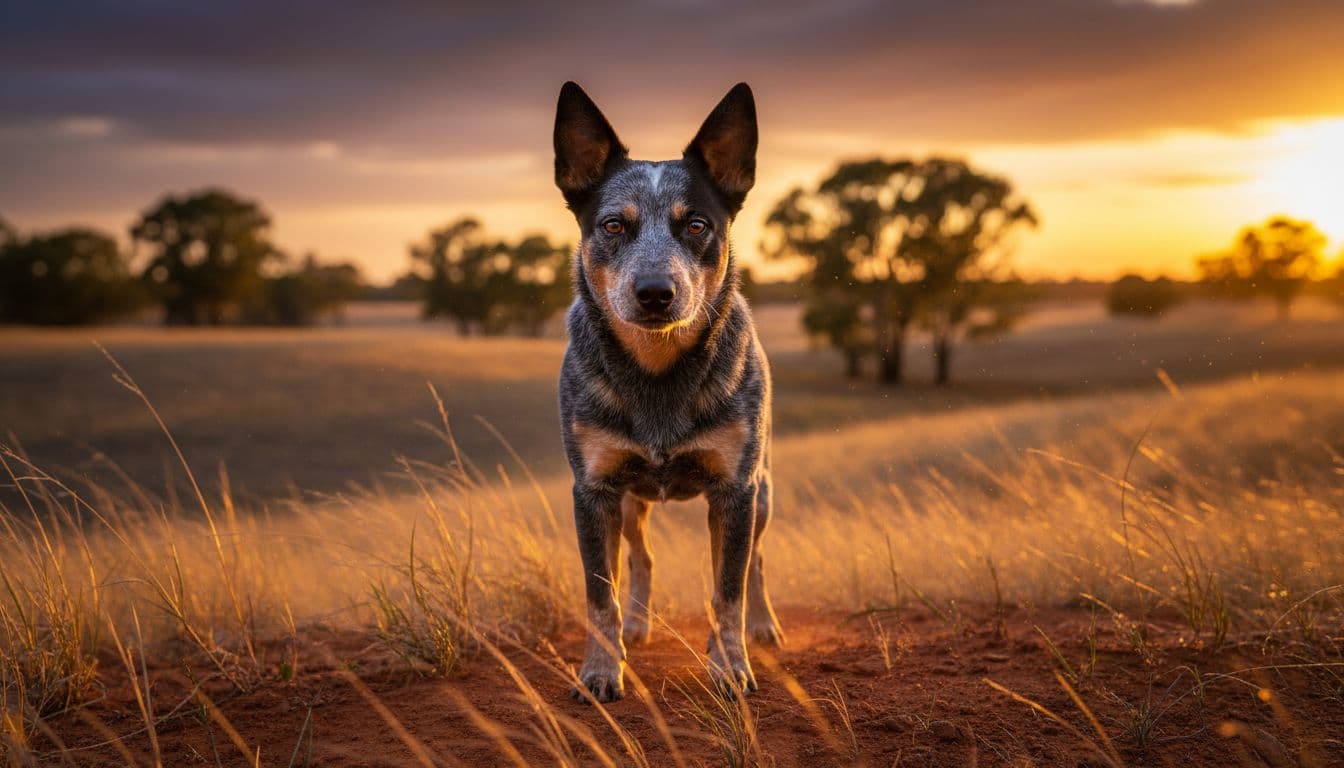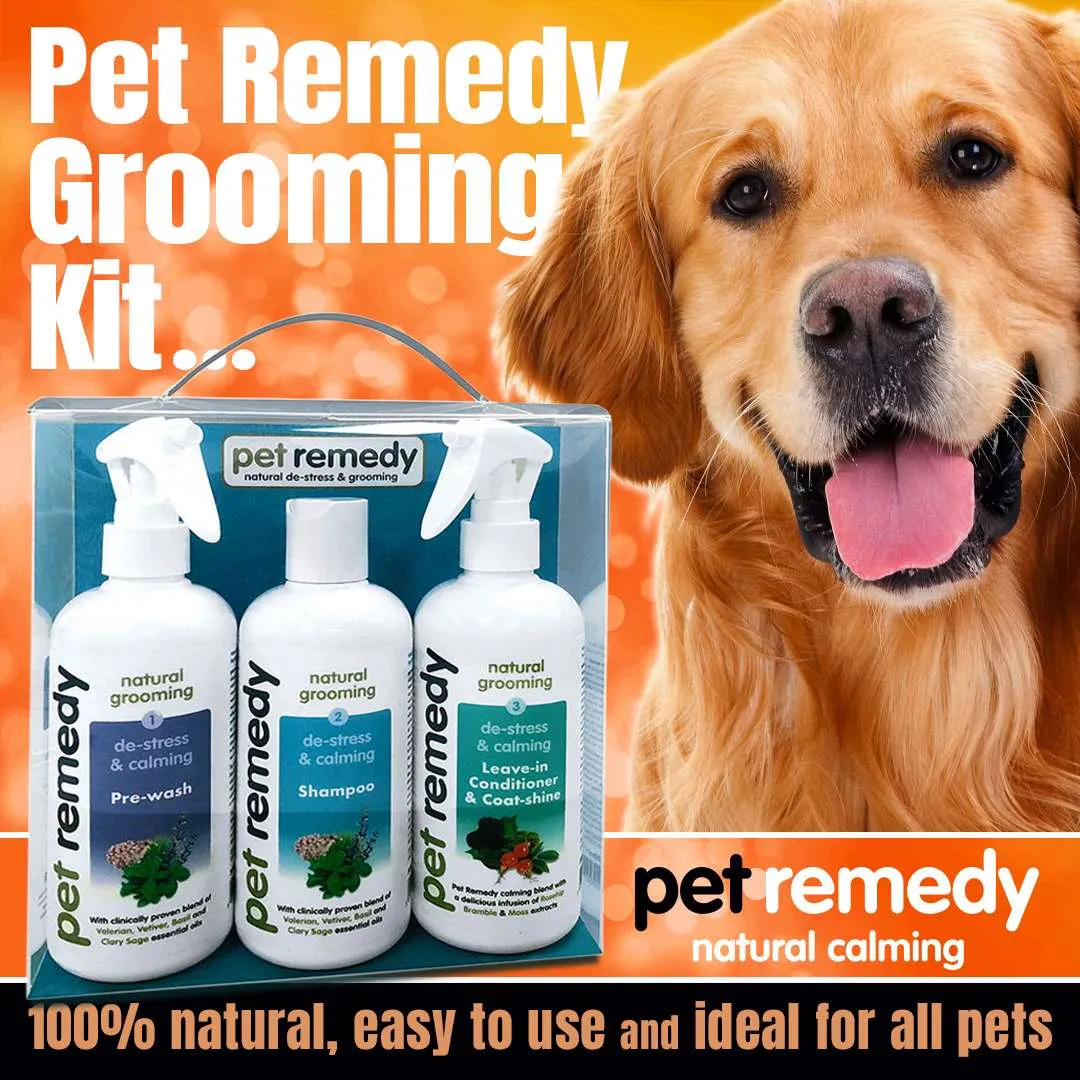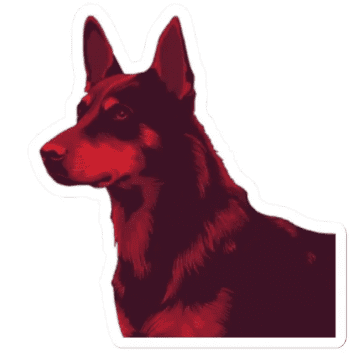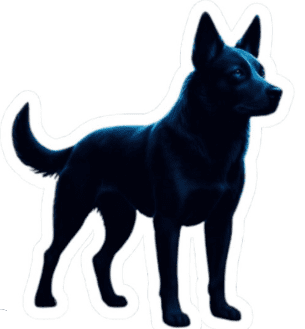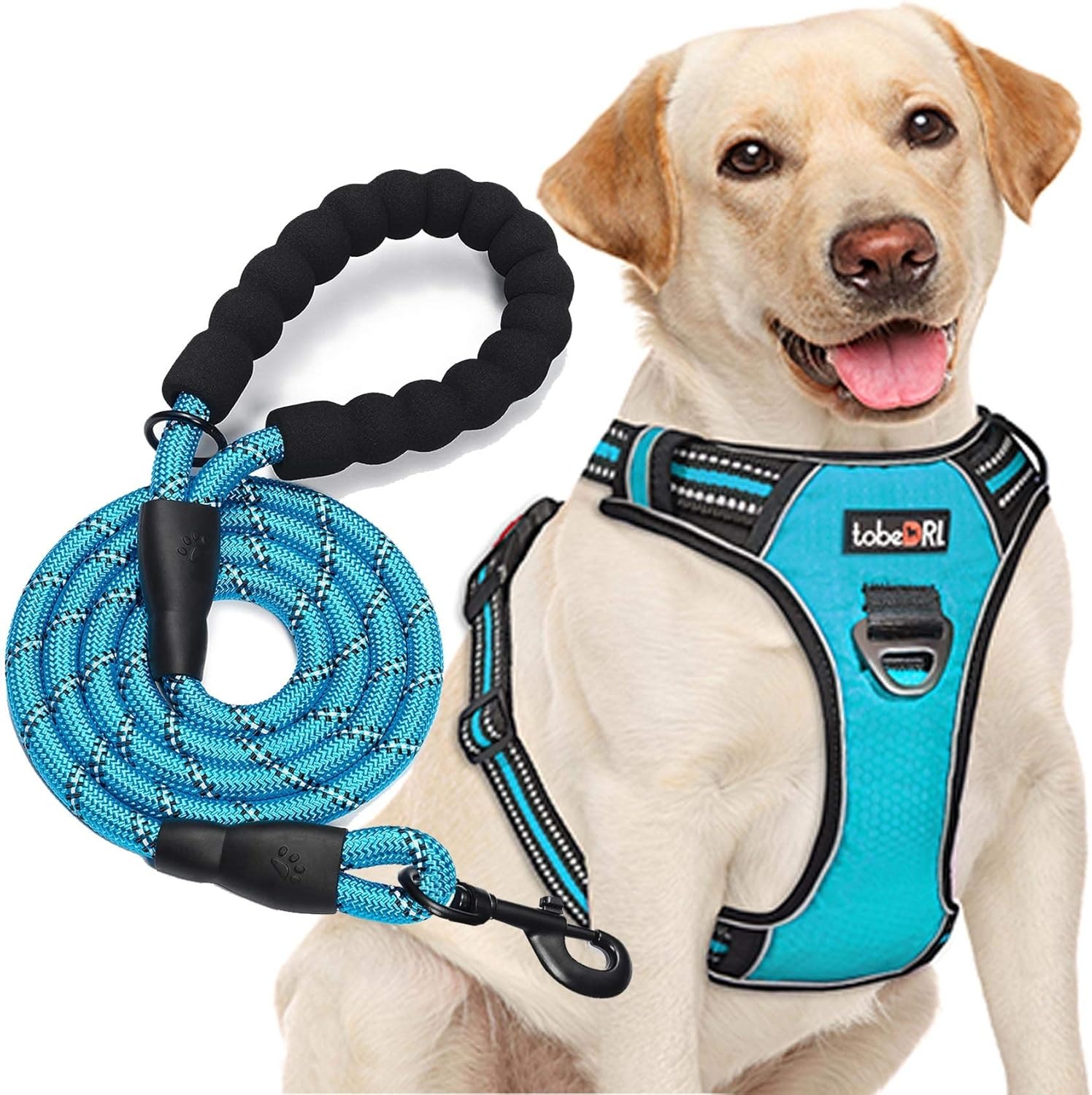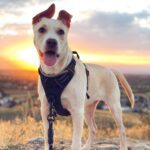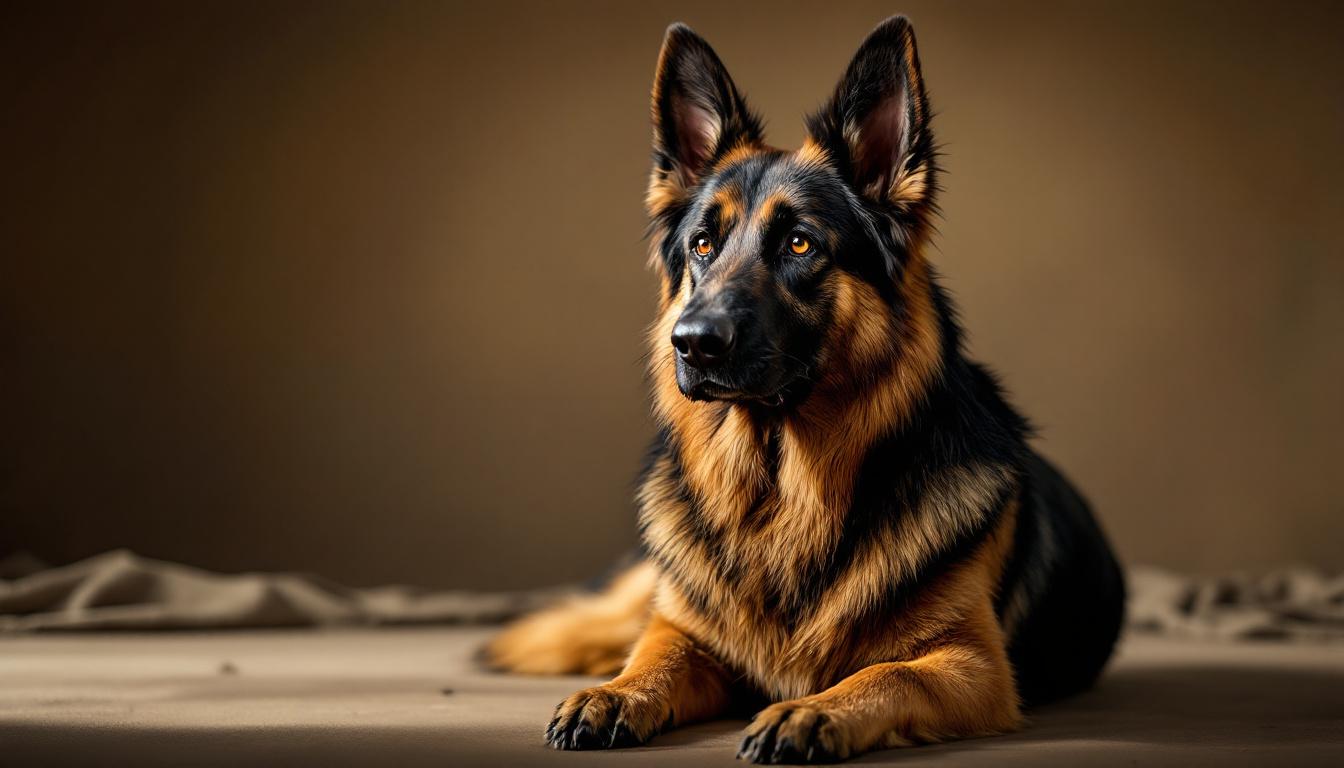Meet the Blue Heeler (Australian Cattle Dog), a bright, tireless herder. Find temperament, exercise needs, training tips, grooming care, and health basics.
History, Traits, and Care
Lively, full of loyalty, and built for work, the Blue Heeler is a brilliant match for active families in East Cornwall.
If you love coastal paths, woodland trails, and moorland hikes, this herding breed will keep pace with a smile.
With a rich cattle-droving history, they were bred in Australia as a working dog to move cattle over long distances, so stamina and smarts come as standard.
Expect a medium, muscular dog with a short double coat in blue or red speckles. They are quick learners, very alert, and sometimes a bit cheeky.
Early training and early socialization help guide their herding instincts, which can include nipping at heels behavior.
A weekly brush is usually enough, though they shed more during coat blows.
Daily exercise is the big one. Most Blue Heelers need at least two hours of brisk activity, plus brain work.
Puzzle games, structured recall, and quick drills keep them focused. Short training bursts, scent games, and a few rounds with tug toys can calm that busy mind.
If work or weather gets in the way, local dog walking services can help. A professional dog walker can provide daily dog walks, group dog walks, and puppy walking services tailored to your schedule.
Check our dog walking price list for transparent dog walking rates and flexible options if you are searching “pet walking near me.”
We also guide owners on calm meetups and multi-pet homes with gentle routines, as in our tips on socializing dogs with other pets.
In this guide, you will get a clear look at Blue Heeler origins, appearance, temperament, and care.
We will touch on health notes like hearing and eye checks, then share easy walking tips for local dog walking across East Cornwall.
For background, here is more on the Australian Cattle Dog.
Helpful video:
What Does a Blue Heeler Look Like? Physical Traits and Size
 Photo by Magda Ehlers
Photo by Magda Ehlers
The Blue Heeler, also known as the Australian Cattle Dog, is a muscular, compact dog, strong and built for long days on the move.
You will notice a broad, slightly rounded skull, pricked ears, and keen, dark eyes.
The body is muscular without bulk, which makes uphill walks on Bodmin Moor or sandy beach trips easy going.
With a lifespan of 12 to 16 years, this breed offers years of companionship for active owners.
Most adults stand about 43 to 51 cm at the shoulder. Typical weight ranges from 16 to 23 kg.
That size gives you a sturdy partner for daily dog walks without feeling heavy on the lead.
The coat is a short, weather-ready double coat that sheds dirt fast and dries quickly after rain, handy for Cornwall’s changeable coast.
Quick snapshot of hallmark features:
- Head and ears: broad head, strong muzzle, and upright ears for alertness.
- Eyes: oval, usually brown, with an intense, focused look.
- Build: compact, muscular frame with a level topline and deep chest.
- Feet: round, tight, and grippy, ideal for rocky paths and wet turf.
- Coat: short, dense double coat that copes with wind, drizzle, and mud.
For more detail on size and breed standards, the overview from the American Kennel Club is a solid reference.
If you enjoy the genetics behind their colors, the Australian Cattle Dog Club of America breaks it down clearly in its guide to coat color and patterns.
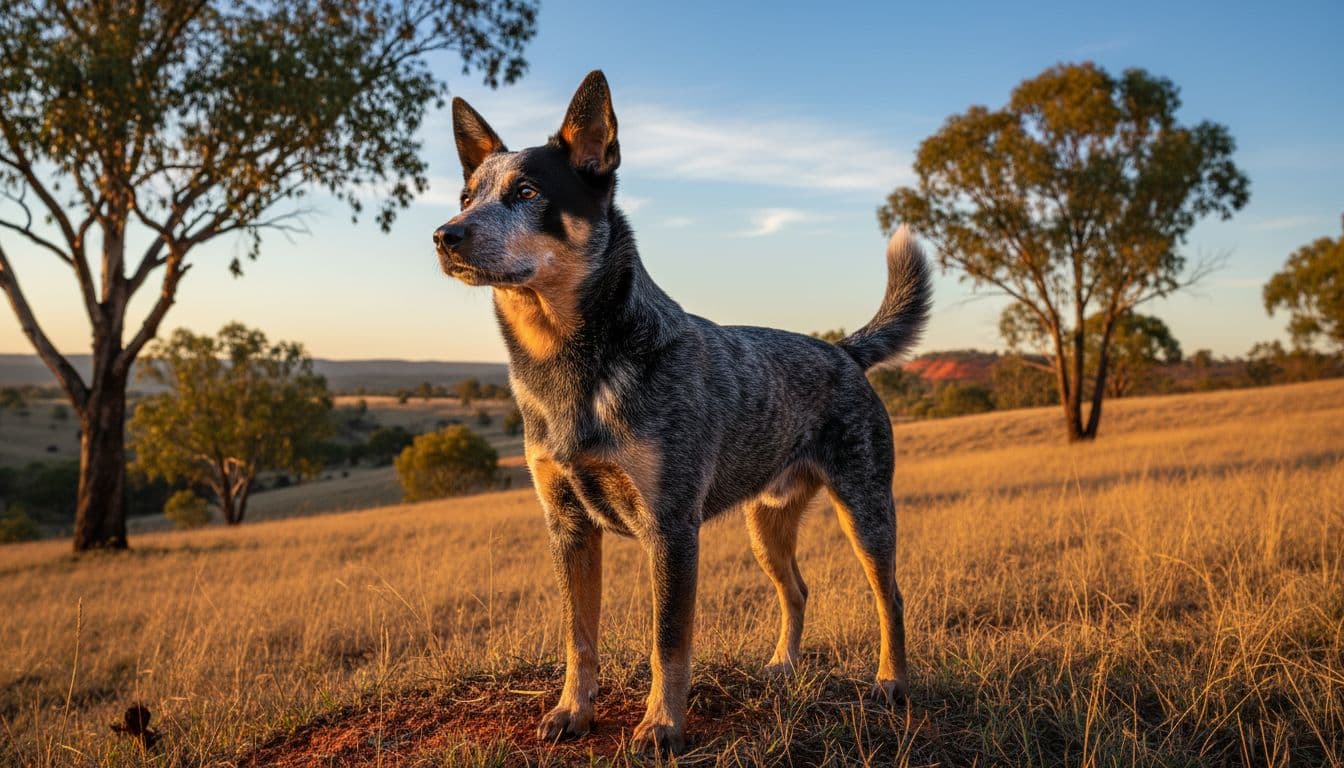
Coat Colors and Patterns
The Heeler’s coat comes in two classic looks: blue and red, each in either mottled or speckled patterns—often called the Blue Heeler for blue mottled varieties and the Red Heeler for red speckled ones.
Red Heeler Sticker Available on our Etsy Store
These coat colors develop as colored hairs mix with white hairs across the body, creating that peppered, splashy finish. You may also see black, tan, or red markings on the head or legs.
Both color types share the same rugged texture and short length.
Under the topcoat sits a dense, woolly undercoat. This layer traps air for insulation in winter, then thins out in warmer months.
Expect seasonal shedding, often called a coat blow, in spring and autumn. During those weeks, brush more often to keep hair from gathering on your clothes and sofa.
Why the coat works for active dogs in East Cornwall:
- Low dirt retention: the short, tight coat does not cling to mud. Dirt dries and falls away with a quick brush, great after a moorland loop or a wet beach dash.
- Weather ready: the double coat offers wind and drizzle protection on cliff paths. It is not a raincoat, but it helps keep skin dry during light showers.
- Quick care: outside of shedding season, a weekly brush is enough. Add a bath only when needed to protect natural oils.
Practical grooming tips for busy owners:
- Use a firm bristle or slicker brush two to three times weekly during shedding peaks.
- Pair a rubber curry brush with gentle, circular strokes to lift loose undercoat.
- Towel-dry after rain, then brush once the coat is just damp to prevent tangles.
- Check armpits, behind the ears, and breeches where undercoat packs in.
Color does not change their energy needs. Whether blue speckle or red mottle, this Heeler thrives with structure and movement.
Plan brisk sessions, use safe off-lead areas with strong recall, and mix in problem-solving games on rest days.
If you are short on time, local dog walking services can keep their routine steady with daily dog walks or group dog walks that match their pace.
A professional dog walker who understands high-drive breeds can turn a blustery day into quality dog exercise services without the chaos you might expect from “pet walking near me” searches.
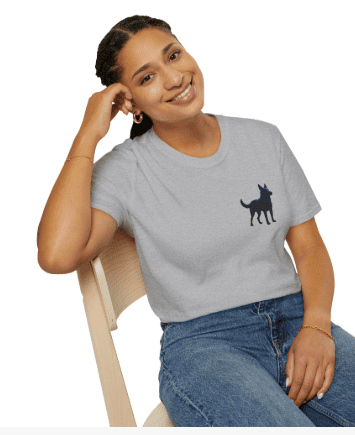
Caring for Your Blue Heeler: Exercise, Grooming, Diet, and Health
Heelers shine when their day has structure. They need brisk exercise, brain work, and simple grooming, with steady diet habits that protect joints and eyes.
In East Cornwall, you have perfect terrain for this active breed, from cliff paths to forest loops.
Let’s turn that drive into calm, healthy routines.
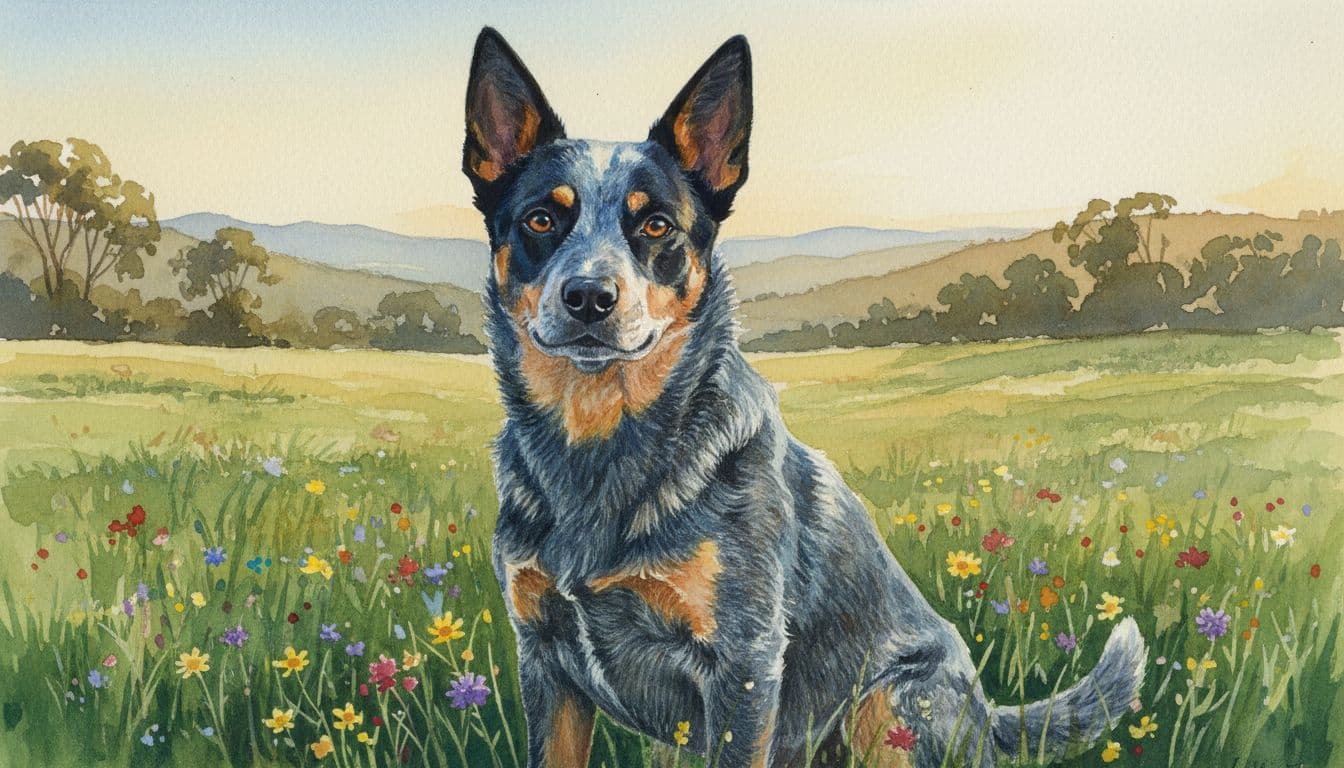
Exercise Ideas for Heelers in East Cornwall
A Blue Heeler thrives on purposeful movement that matches their strong work ethic.
Aim for 90 to 120 minutes of exercise daily. Mix cardio with training and scent work to satisfy body and mind.
Try these local, practical options:
- Whitsand Bay or Seaton Beach: early beach runs on firm sand, then a cool-down heel along the car park path. Use a long line until recall is solid.
- South West Coast Path, Rame Head to Kingsand: rolling climbs build stamina. Keep your dog to heel on narrow sections.
- Cardinham Woods near Bodmin: shaded loops with waymarked trails. Add short obedience drills at each junction.
- Golitha Falls, Draynes Valley: gentle river paths with natural obstacles. Work on balance with pauses on stable rocks or fallen logs.
- Siblyback Lake: steady laps are great for interval training. Jog one minute, walk one minute, repeat for 20 minutes.
Want extra support on busy days? Local dog walking services can keep your Heeler steady and happy.
A professional dog walker can rotate solo sessions for recall and heel work with small, well-matched group dog walks for social time.
Ask about puppy walking services if you have a youngster who needs short, positive outings.
For high-energy outlets, consider introducing dog sports like agility or herding trials to channel that drive.
Helpful safety and gear tips:
- Choose a strong, well-fitted harness for control on hills. See our guide to the best dog harness for large dogs if your Heeler is powerful or broad-chested.
- Cornwall weather changes fast. Here is practical advice on walking your dog in the rain, from drying routines to visibility.
- Blue Heelers are quick and curious, so consider using a GPS dog tracker for extra peace of mind on moorland or coastal paths.
- Practice calm passing skills. If a loose dog appears, follow these steps for handling loose aggressive dogs on walks.
Mental workouts you can slot into any walk to engage their intelligence:
- Ten-object scent game: scatter ten treats or toys in grass, release, then call back between finds for focus.
- “Find heel” drill: drop the lead for one step, cue heel position, reward, repeat every 30 meters.
- Traffic light recall: green means “free sniff,” yellow means “check in,” red means “sit and wait.” Switch cues at landmarks.
If you search “pet walking near me,” look for a reliable dog walker who understands high-drive breeds and can deliver daily dog walks and dog exercise services that match your dog’s pace and temperament.
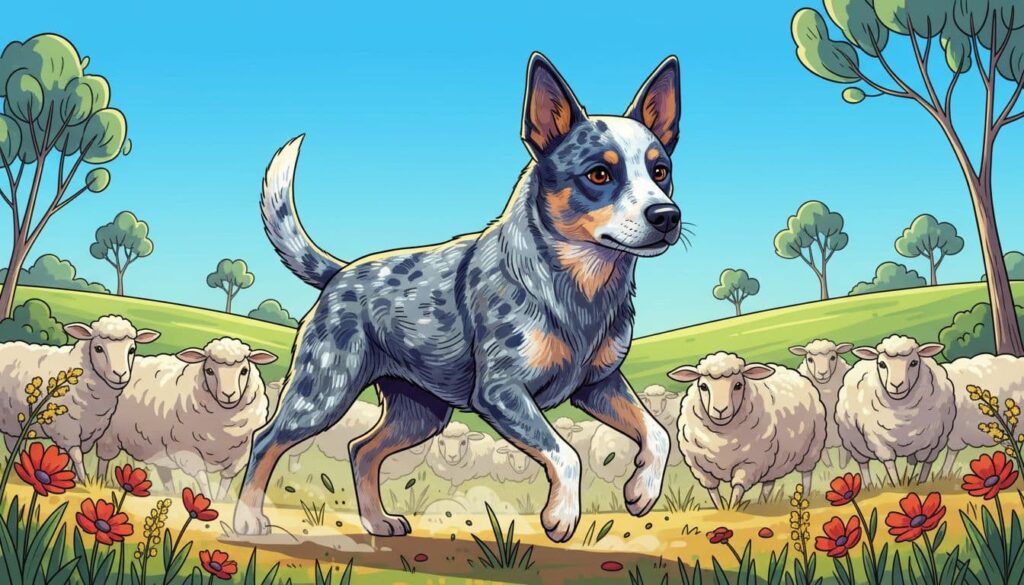
Common Health Concerns and Prevention
Australian Cattle Dogs are robust, but they do have breed tendencies. Good care and regular checks keep that hardy build working well into senior years.
Core health notes to watch:
- Hearing: deafness can occur congenitally in one or both ears. Ask your vet about BAER testing for puppies.
- Eyes: progressive retinal atrophy can reduce night vision, then overall sight. Learn the basics of progressive retinal atrophy and book annual eye exams.
- Joints: hip dysplasia or elbow issues may appear with age or excess weight. Keep a lean body shape and build muscle with steady, low-impact work.
- Injuries: active dogs get knocks. Warm up for five minutes before hard runs and cool down after to reduce strains.
Balanced prevention plan:
- Routine vet care: schedule a yearly exam with weight check, dental review, and eye and ear screening.
- For deeper background on Australian Cattle Dog breed health, this PetMD guide is clear and helpful: Australian Cattle Dog Breed Health and Care.
- Diet and body condition: keep a steady feeding routine. Choose high-quality food with named protein, moderate fat, and controlled calories.
- Use a measuring cup, and re-check portions if your activity changes.
- Supplements as needed: ask your vet about EPA/DHA for joint support if your dog covers many miles each week.
- Nail and paw care: trim nails every 2 to 3 weeks.
- Check pads after beach runs for small cuts or trapped sand.
- Coat and skin: this short double coat is “wash and wear.” Brush weekly, then step up to several times a week during a coat blow. Over-bathing can dry the skin.
- Training for safety: teach a rock-solid recall, a reliable leave-it, and a calm heel through consistent training sessions.
- These skills prevent risky sprints after wildlife and reduce collision injuries on tight paths.
- Walk safety mindset: choose routes with safe passing space. It helps to review real-world risks in is dog walking dangerous? and set simple rules you can use anywhere.
Feeding and routine made simple:
- Split meals into two feedings to support steady energy.
- Use part of the daily ration for training on walks.
- On rest days, lower calories slightly to match activity.
- Fresh water before and after exercise, with a brief rest before mealtime.
With smart exercise, simple grooming, and thoughtful nutrition, your Blue Heeler will thrive on Cornwall’s paths and beaches.
If you need backup, local dog walking services can keep routines consistent with group dog walks, daily dog walks, and flexible dog walking rates, all managed by a reliable dog walker who knows this driven, brilliant breed.
Blue Heeler Stickers available on our Etsy Store
Conclusion
The Blue Heeler, also known as the Australian Cattle Dog, is a hardy, bright herding working dog with roots in Australia.
Compact and muscular, this breed has keen eyes, pricked ears, and a weather-ready double coat.
Interestingly, in its development, Blue Heeler puppies are often born white. You get a loyal partner with strong drive, sharp problem-solving, and a playful streak.
Care is simple but structured: daily exercise, steady training, light grooming, and routine vet checks for ears, eyes, and joints.
For background on history and purpose, including AKC recognition in 1980, see the breed overview on Wikipedia: https://en.wikipedia.org/wiki/Australian_Cattle_Dog.
Active households in East Cornwall are a great fit for the Queensland Heeler.
Coastal paths, woodland loops, and moorland trails give your Heeler the variety they love.
Mix brisk walks, recall drills, and scent games to keep their mind calm and bodies strong.
If you search “pet walking near me,” choose dog walking services that understand high-drive dogs and offer daily dog walks, group dog walks, and puppy walking services.
Ready to welcome a Blue Heeler or fine-tune your routine?
Explore our comprehensive services and pricing for clear dog walking rates and flexible dog exercise services.
Prefer a friendly chat with a professional dog walker about local dog walking and scheduling?
Contact Paw Tastic Walks to book a reliable dog walker who knows this energetic Australian Cattle Dog.
